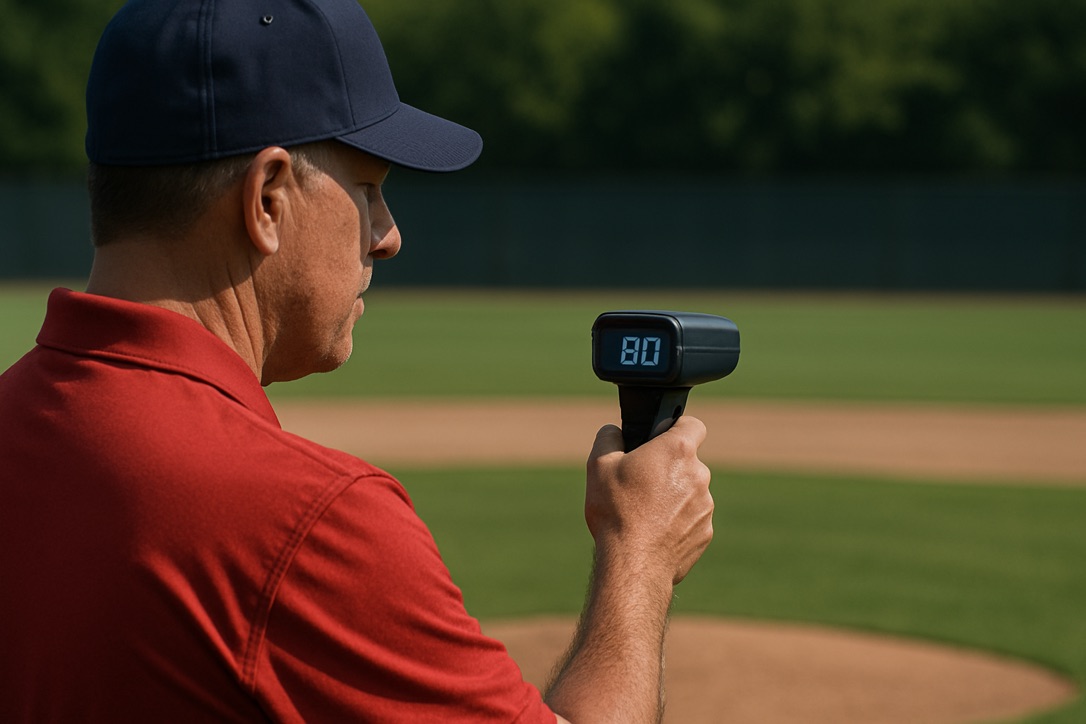In travel baseball, evaluating performance goes beyond simple stats like hits and runs. Coaches and players now have access to advanced technology that can measure mechanics, track progress, and provide insights once reserved for the pros. Choosing the right tools depends on your budget, goals, and how you plan to use the data, but even modest investments can make a big difference in player development.
Radar guns are one of the most common tools. They measure pitch velocity, which is useful not only for pitchers but also for tracking exit velocity off the bat. Handheld radar devices range from affordable pocket-sized models to professional-grade systems. Consistently monitoring velocity helps players see progress over time and gives coaches an objective measure of arm strength or hitting power.
Swing analyzers are another popular technology. These small sensors attach to bats or batting gloves and measure swing speed, angle, and timing. Paired with mobile apps, they provide instant feedback that players can review after each swing. For developing hitters, seeing data on launch angle or bat path can reinforce coaching cues and accelerate improvement.
For pitchers, motion analysis systems are increasingly valuable. Wearable sensors or high-speed video apps track arm angles, stride length, and release points. This data helps coaches identify flaws in mechanics and reduce the risk of injury. Some systems even provide biomechanical feedback that can be compared against benchmarks for a player’s age and level.
Video analysis apps are perhaps the most versatile tool. Using a smartphone or tablet, coaches can record players and review footage in slow motion, drawing lines or angles to demonstrate mechanics. Apps like Hudl Technique or OnForm make it easy to compare before-and-after clips, giving players a visual understanding of adjustments. Video is also great for sharing progress with families or recruiters.
Advanced facilities may use ball tracking systems like Rapsodo or TrackMan. These technologies measure spin rate, launch angle, exit velocity, and trajectory in real time. While they represent a larger investment, they provide college- and pro-level data that can be used to tailor training plans and showcase player skills to scouts.
For fitness and workload management, wearable devices such as smartwatches or arm sensors track heart rate, workload, and recovery. This is especially useful for pitchers, helping coaches monitor fatigue and reduce overuse injuries.
When adopting technology, consider how the data will be used. Too much information can overwhelm young players. Focus on one or two key metrics at a time—such as exit velocity for hitters or release consistency for pitchers—and build from there.
Budget is also a factor. A team doesn’t need every piece of advanced equipment to see results. Many effective tools are affordable, and even free apps can provide valuable feedback. Start small, and add technology as your program grows.
The bottom line: technology doesn’t replace coaching, but it enhances it. By using radar guns, swing analyzers, video tools, and tracking systems, teams can gain deeper insights into performance and help players reach their potential more efficiently.

